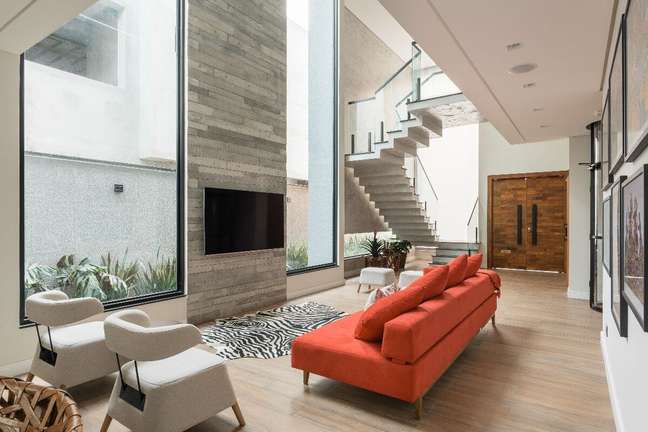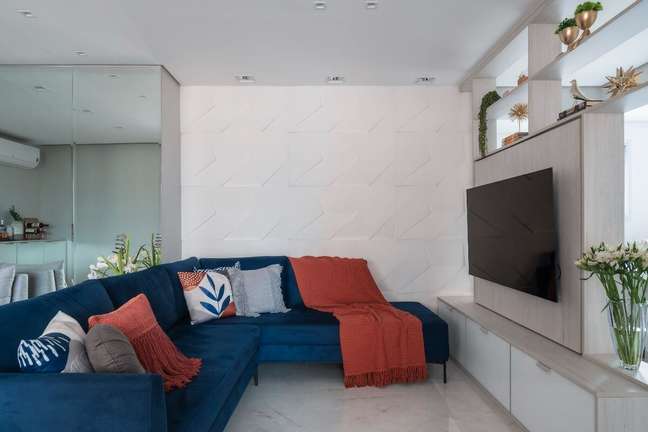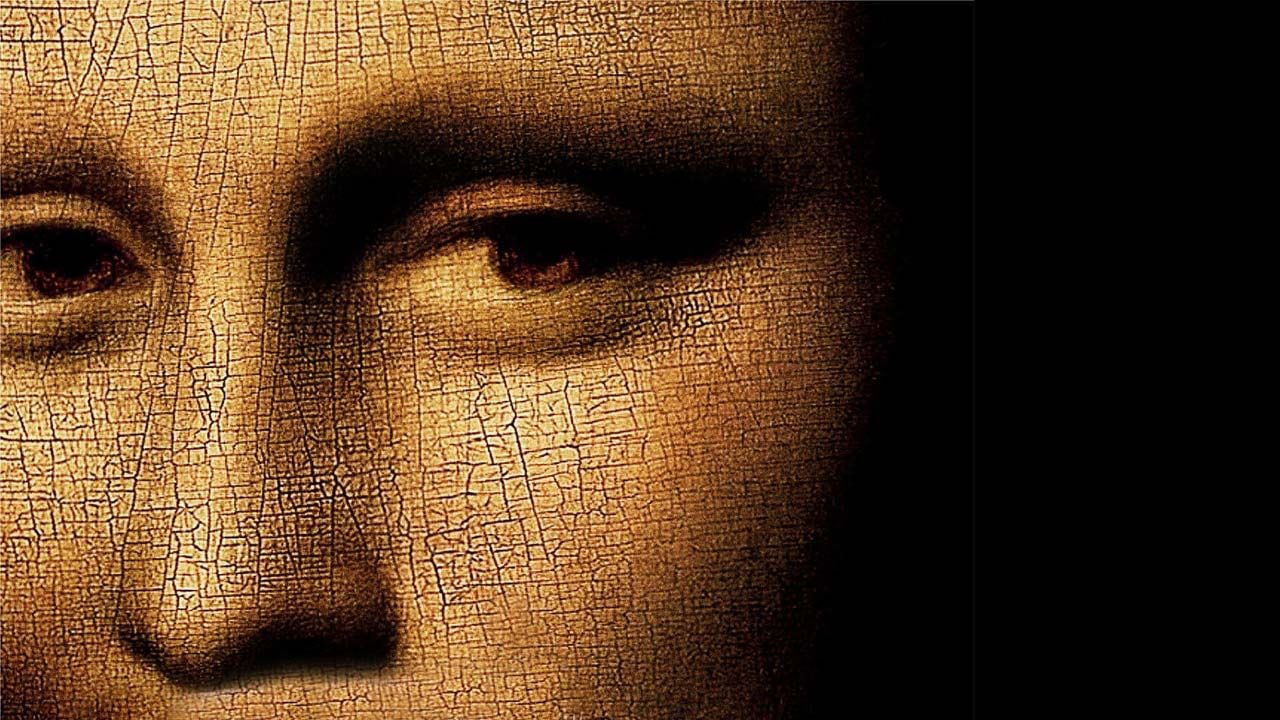The architects list suggestions for using raw concrete in modern and industrial projects
That still ‘rough’ concrete wall, often seen in the civil construction phase, is gaining visibility in architectural projects. It is associated with the most modern, contemporary, rustic and industrial styles for the charm and magnetism they give to the place.

Architects Prissioni and Bernardo Tressino, from PB Arquitetura, explain that the materials are produced with a mixture of other raw materials and modeled in a variety of colors, shapes and reliefs. “They can be modeled on site or in 3D slabs that we use a lot for interior architecture. They are very versatile elements that, in addition to internal environments, can also compose external areas, such as facades and gardens”, comments Bernardo.
New technologies have made these innovations possible and nowadays it is very common to see industrialized pieces that simulate the aesthetics of wood, porcelain, leather and even the color of traditional ceramics, escaping from gray concrete.
Difference between coatings
According to the architects of PB, the coverings are ready-made slabs laid out on floors or walls and exposed concrete, also known as architectural concrete, is a rough structure, molded into shapes and structured internally with steel rod or mesh. Generally, those who choose this type of construction with the manipulation of exposed concrete follow a prejudice of modern architecture, brutalist, industrial and devoid of decorative elements.
Burnt concrete, on the other hand, is a technique that uses a mortar prepared with cement, sand and water, which, in turn, is spread with a trowel to level it. “The material itself has a porous essence and the surface can be waterproofed,” says Prissioni.

The concrete cladding is versatile
For the architect, creativity is the starting point of many projects and cementitious coatings are no exception to this rule, as they can be applied to full walls or partial details, ceilings, floors, columns, slabs, facades, gardens and even furniture. . “It is one of those elements that we consider a ‘wildcard’ in interior architecture,” he evaluates.
Because it suits different aesthetics, the material can provide neutrality as a backdrop for other elements, such as burnt concrete. The gray palette makes room for many other texture and color options in upholstery, furniture and decor. When opting for the 3D look, most of the time they are white with lighting designed to give the effect of lights and shadows. On the contrary, the colored tones give more life to the space.
“We install this type of coating extended walls which normally do not have other interference, such as doors and windows. And, without a doubt, we took great care of the lighting project, which makes the difference in the effect of lights and shadows in 3D “, concludes Bernardo.
Upholstery care and maintenance
In general, cementitious coatings are strong, durable and require little maintenance over the years. However, some caution should be exercised, especially when dealing with exposed or tinted concrete. Architects warn against using abrasive or rough products that can end up staining and damaging pieces due to the porosity of the material.
About care internal ambients, we recommend the use of a duvet, gloves or non-colored microfibre cloths and the use of soft brushes or brooms when the use of neutral detergent is necessary. For outdoor spaces it is possible to use a pressure washer with an open fan jet.
“The walls do not get dirty as easily as the floors, but in everyday life it is good to remove the dirt as quickly as possible to avoid stains. external environments and facades are ideal for those who opt for this type of cladding “, concludes Bernardo.
By Emilie Guimaraes
+The best content in your email for free. Choose your favorite Earth Newsletter. Click here!
Source: Terra
Benjamin Smith is a fashion journalist and author at Gossipify, known for his coverage of the latest fashion trends and industry insights. He writes about clothing, shoes, accessories, and runway shows, providing in-depth analysis and unique perspectives. He’s respected for his ability to spot emerging designers and trends, and for providing practical fashion advice to readers.







